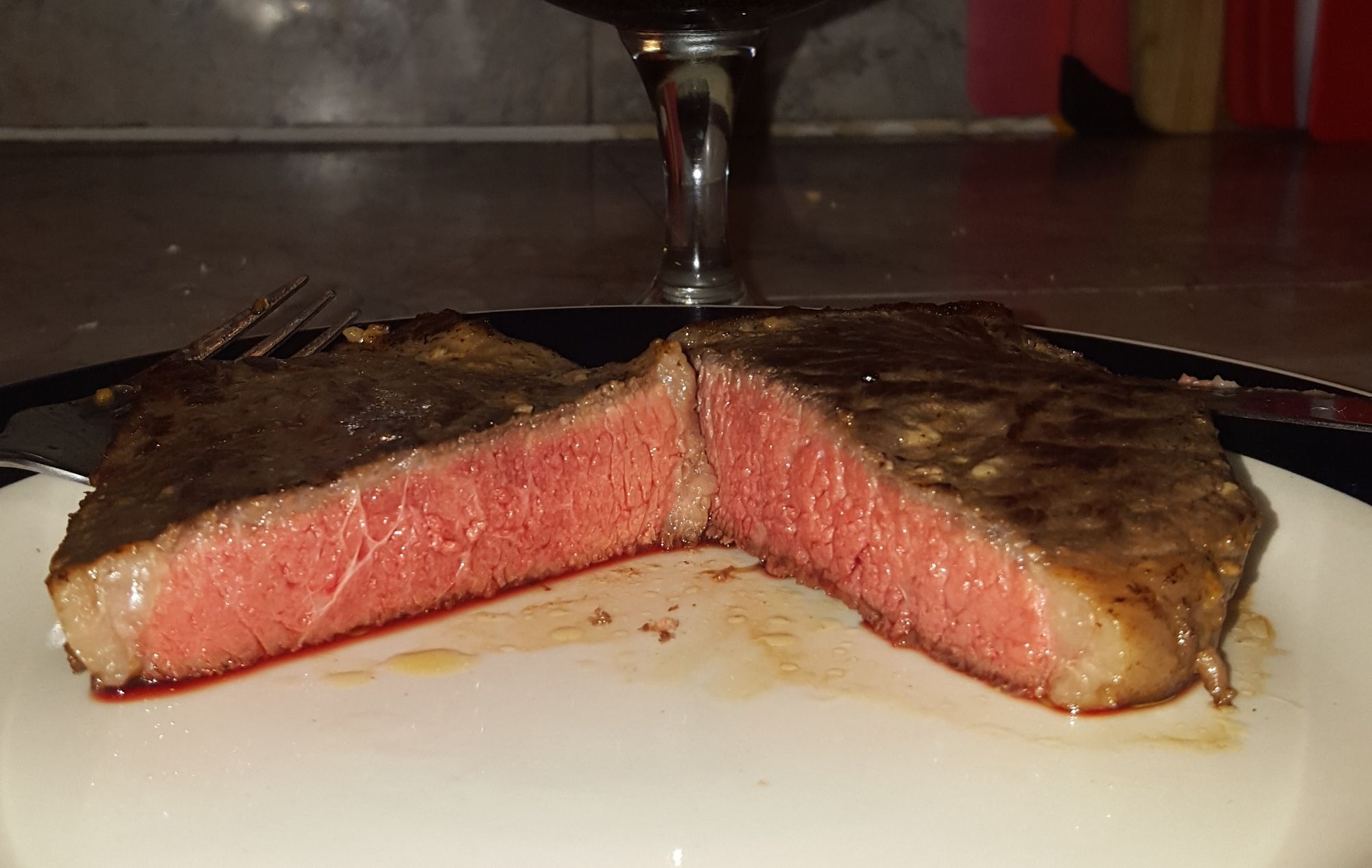The most "over-used" toy in my arsenal used to be my beer brewing stuff. I have a Beer Bug from the now defunct ParasitX that worked great (though with their cloud services down, is now worthless; I had developer API access, but never did build my own data collection system that I should have for organic operations).
Point is, I did a whole lot of brewing all the time and I still brew. As a gourmand and wannabe cicerone, that's probably not an "excessive use" of a single part.
Likewise, if I was Italian and did pasta every day, using the pasta roller more often than not wouldn't be a problem.
But, man, let me tell you...
I USE THE HELL OUT OF THE SOUS VIDE.
Sous Vide's are amazing, and are particularly awesome at turning the proverbial sow's ear into a silk purse. But there's a few things you need to know.
First, a few basics...
1. Water matters.
By that, I mean the use of your water in your vessel can impact the long-term health of your device. I use the Anova Precision Cooker Wi-Fi as my Sous-Vide and use a myriad of different vessels ranging from a small (2x six-pack) sized semi-soft portable ice chest that I keep in my kitchen to a massive roaster pan on my mom's back porch.
But what matters about the water is, places like my parent's house, where they have very hard water (which is objectively delicious - my parents should bottle and sell their water) also gums up everything. Coffee pots, sink and shower nozzles, etc.
To prevent that? I recommend using steam distilled water in the vessel. It prevents long-term maintenance issues with the cooker's pump or heating elements.
2. Don't be proud.
There's a lot of opportunity to be arrogant in the design of a recipe. I've already barely missed out on food poisoning twice (I'll explain later), but if I had done a little bit more research before flying blind, it would have never happened.
Understand that:
A. Organisms thrive in some Sous-Vide conditions. Not all of those organisms are grand. Fresh caught wild fish that live any significant part of their life in fresh water contain diphyllobothrium a lot more often than you probably want to know. To prevent this problem when doing low-temperature cooking in the Sous-Vide, use frozen fish, preferably sushi quality fish.
B. Other organisms thrive in cuts of meat where very long cooking times are necessary. Arguably the "star" of Sous-Vide cooking is things like 72-hour short ribs that I am constantly making. However, if you're buying short ribs from the store either: deep freeze them for a while before cooking, or sear them FIRST before the 72-hour bath. Otherwise, you will still most likely end up with perfectly fine meat, but I have (only once out of numerous times doing neither a freeze nor a pre-sear) had a batch come back that smelled horrible. I went ahead and ate them anyway because I'm kind of crazy, and, it turns out that just because something smells doesn't mean it's going to make you sick necessarily, but the likelihood goes up so much you're stupid to do otherwise. Well, call me stupid, but I just smothered them with aligot, and ate up and I was fine.
Scratch that.
I was lucky.
Don't make that mistake. Either pre-sear, pre-freeze, or do what I do - rub them down with a wet rub, pre-sear, then add seasonings into a sous-vide and freezer safe vacuum bag and freeze until you want your tasty noms later.
3. There's a lot of resources out there.
I've found Chef Steps is a good basic source for times and temperatures.
4. FoodSaver
Buy a FoodSaver. It's seriously the best thing that happened to my use of a Sous-Vide. I recommend doing double bags for the long term soakings like short ribs or ribeye roasts.
All in all, I can't recommend it enough. In combination with a hot pan or blazing hot barbecue or oven for searing, plus a good smoker, you can make some amazing things. And, it's super easy.


